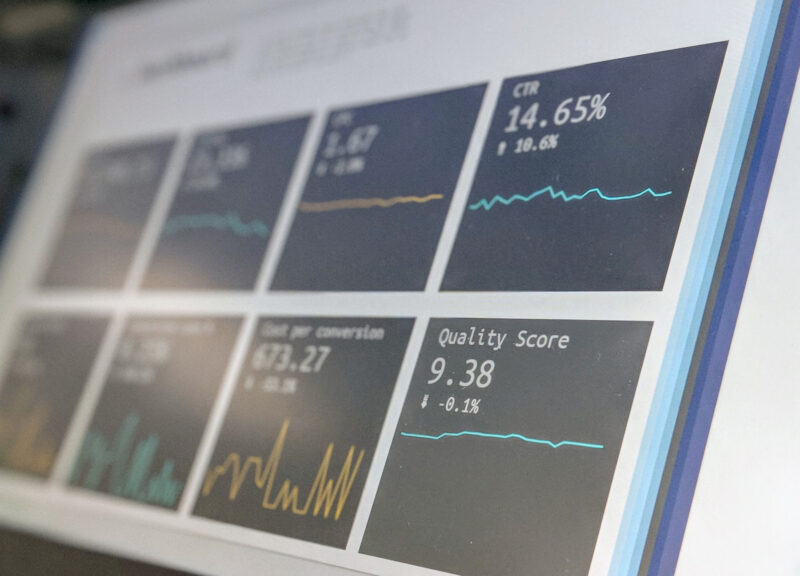
Design
Audit
Time
⏲
1-2 Days
Difficulty
🕹
Easy
Materials
📦
Spreadsheet to track findings
People
🕴
1 Researcher
Overview
A usability-inspection method in which a reviewer examines a design to identify usability problems. Often combined with usability testing.
What
A usability-inspection method in which a reviewer examines a design to identify usability problems. Often combined with usability testing.
Common types of design audits include:
- Heuristic evaluation: a type of design review in which the design is evaluated for compliance with a set of heuristics such as Jakob Nielsen’s 10 Usability Heuristics.
- Standalone design critique: a design review in which an in-progress design is analyzed (usually as a group conversation) to determine whether it meets its objectives and provides a good experience.
- Expert review: a design review in which a UX expert inspects a system (such as a website or application, or a section therein) to check for possible usability issues. Some see an expert review as a more general version of a heuristic evaluation.
Why
Often design audit is combined with usability testing.
An expert review can identify minor issues that would be difficult to observe or measure in a small qualitative study: inconsistencies in font usage throughout the interface, a color that doesn’t follow brand guidelines, or the use of center-aligned text instead of left-aligned. Larger issues that go against best design practices would also get caught in the expert review, so they could be addressed before wasting any time with real participants.
On the other hand, usability testing may uncover issues that an expert may have not thought of — for example, because the real audience has very specific knowledge or needs.
When
Design audits can be conducted at all stages in the design cycle, provided that there is a prototype with sufficient level of detail. In fact, since these reviews are based on inspection, as opposed to actual use by a real user, one can even review a set of specifications or other more abstract versions of a user interface that could not be tested with participants.
Steps
Step 1 Select reviewer
- A deep knowledge of usability best practices, and a large amount of past experience conducting usability research
- Someone who was not involved in creating the design to be reviewed. A fresh perspective is more likely to be unbiased and deliver candid feedback: an outsider is not emotionally invested in the design, is oblivious to any internal team politics, and can easily spot glaring issues that may stay hidden to someone who’s been staring at the same design for too long.
Step 2 Record review
A written document is often the deliverable of an expert review, although sometimes the expert’s conclusions may be presented in a meeting instead. Written documents can serve as a detailed reminder for the reasoning behind certain design changes. Should contain:
- Usability strengths
- Usability problems
- Severity of problems (high, medium, low)
- Recommendations for fixing each usability problem
- Examples of best practices to guide improvements
Resources
None
Tools
None